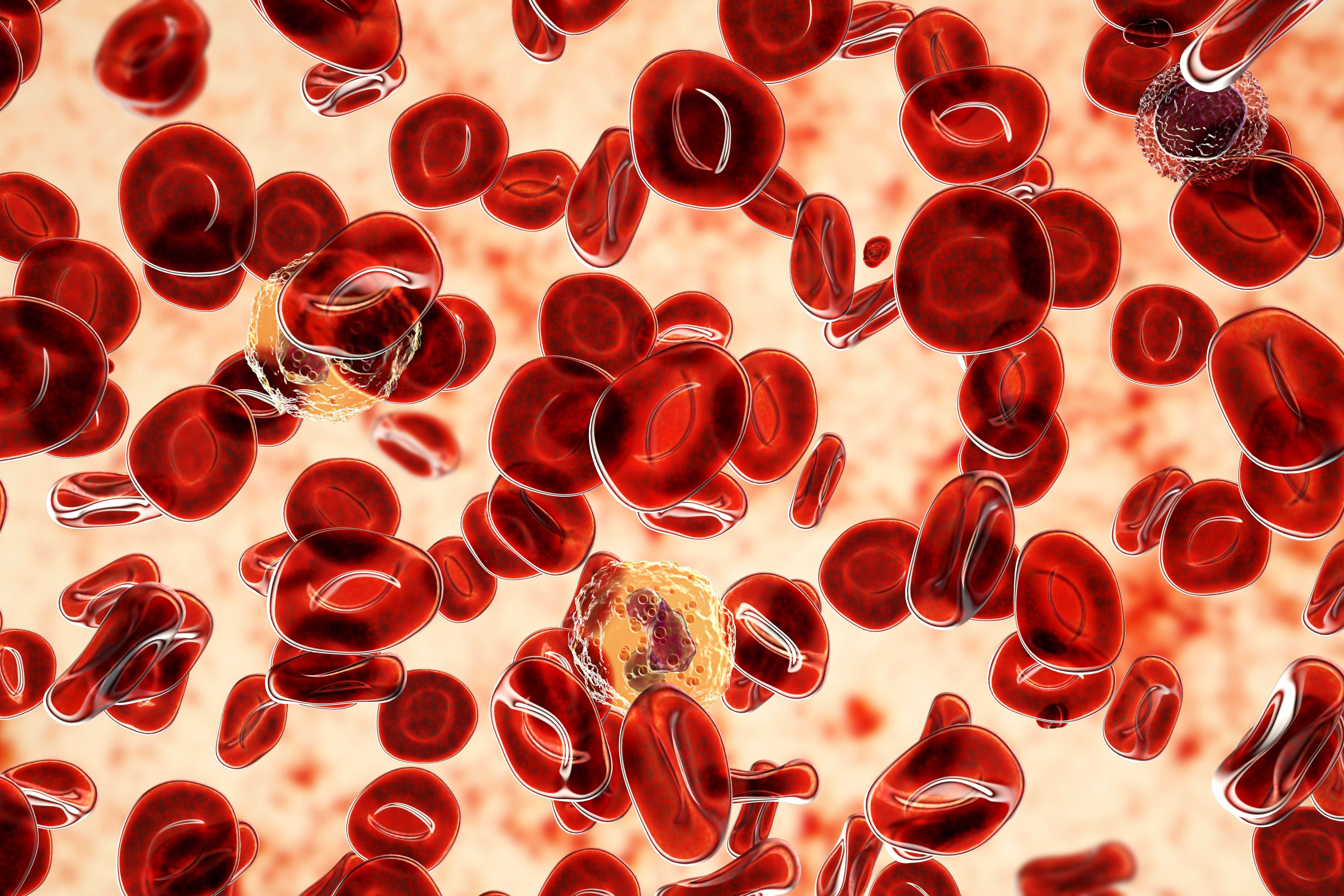Article
Landmark Study Says Most Patients Don't Benefit From tPA for Post-Thrombotic Syndrome
Author(s):
Landmark study shows clot-busting drugs not recommended for most patients with secondary blood clots in the legs.
A landmark study to examine the ability of imaging-guided treatment to address post-thrombotic syndrome discovered that not all patients with deep vein thrombosis (DVT) need to receive powerful but risky clot-busting drugs.
"What we know now is that we can spare most patients the need to undergo a risky and costly treatment," said researcher Suresh Vedantham, MD, in a statement.
Results of the large-scale, multicenter clinical trial were published Wednesday in The New England Journal of Medicine.
The study showed that clearing the clot with drugs and specialized devices did not reduce the likelihood that patients would develop post-thrombotic syndrome. The syndrome can leave patients with chronic limb pain and swelling, and can lead to difficulty walking or carrying out their daily activities.
Use of the potent drugs can raise the chance that a patient would experience a dangerous bleed.
Between 300,000 and 600,000 people a year in the United States are diagnosed with a first episode of DVT. Despite standard treatment with blood thinners, roughly half will go on to develop post-thrombotic syndrome. There is no treatment to prevent the potentially debilitating complication. However, small studies had suggested that a procedure that delivers clot-busting drugs directly into the clot may reduce the chance the syndrome will develop. The procedure is currently used as a second-line treatment to alleviate pain and swelling in people who do not improve on blood thinners.
The Acute Venous Thrombosis: Thrombus Removal with Adjunctive Catheter-Directed Thrombolysis (ATTRACT) study was designed to determine whether performing the procedure as part of initial treatment for patients when they are first diagnosed with DVT would reduce the number of those who later develop the syndrome.
ATTRACT enrolled 692 patients, randomly assigned to receive blood thinners with or without the procedure and followed for 2 years.
In the procedure, doctors insert a thin, flexible plastic tube through a tiny incision in the leg and navigate it through the veins using X-ray and ultrasound guidance, until it rests within the clot. They instill the clot-busting drug, tissue plasminogen activator (tPA), through the tube and then suck out or grind up any remaining fragments using specialized catheter-mounted devices. The procedure costs thousands of dollars, and often requires a hospital stay.
The clinical trial showed that routine use of the procedure did not reduce the chance of developing postthrombotic syndrome (PTS)—complication developed in 47% of people who underwent the procedure and 48% of people who did not, a difference that is not statistically significant.
The researchers also noted an increase in the number of people who developed major bleeding after undergoing the procedure. While the numbers were small, and none of the bleeds was fatal, any increase in bleeding is a red flag. One patient (0.3%) on standard treatment experienced a bleed, compared with 6 (1.7%) of those who received clot-busting drugs.
However, the procedure did reduce the severity of PTS, easing patients' long-term symptoms. About 24% of people on blood thinners alone experienced moderate to severe pain and swelling, but only 18% of people who were treated with blood thinners and clot busters did so.
The procedure also alleviated pain and swelling in the early stages of the disease, when patients are often very uncomfortable.
"None of us was surprised to find that this treatment is riskier than blood-thinning drugs alone,” said Vedantham, a professor of radiology and of surgery at Washington University School of Medicine in St. Louis and who also is an interventional radiologist at the university's Mallinckrodt Institute of Radiology. “To justify that extra risk, we would have had to show a dramatic improvement in long-term outcomes, and the study didn't show that. We saw some improvement in disease severity but not enough to justify the risks for most patients."
While the study showed that most patients should not undergo the procedure, the data hint that the benefits may outweigh the risks in some carefully selected patients.
The trial was primarily funded by the National Heart, Lung, and Blood Institute of the National Institutes of Health.
Reference
Vedantham, S, Goldhaber, S, Julian, J. Pharmacomechanical catheter-directed thrombolysis for deep-vein thrombosis. NEJM. 2017;377(23):2240-2252. doi: 10.1056/NEJMoa1615066.





